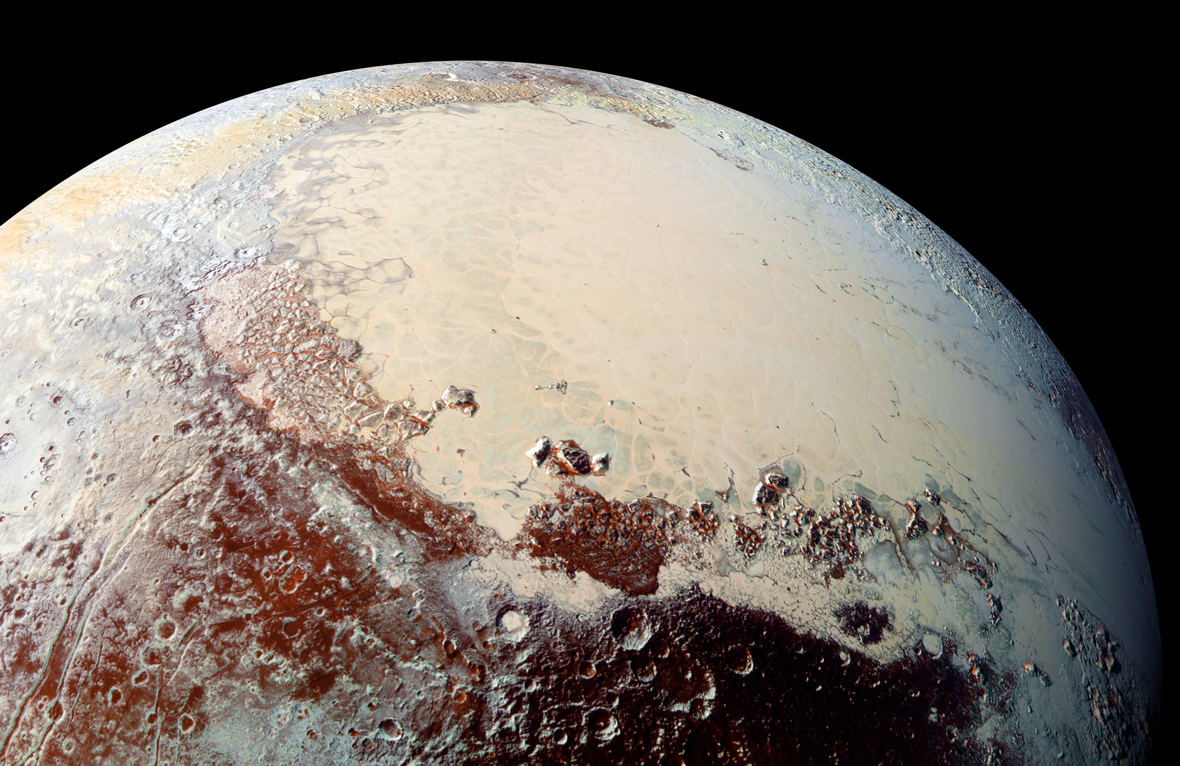How planets play ping pong with each other
November 6, 2018

November 6, 2018

Christa Van Laerhoven (BSc 07) is a UBC astrophysicist and post-doctoral fellow who studies celestial mechanics, which she says is a fancy name for orbital shenanigans. After completing a PhD at the University of Arizona she is now back in BC and often involved in public science engagement events around the province. She talks about Neptune, exoplanets, and what science fiction writers get wrong.
The Kuiper Belt is a ring of small objects extending just beyond the orbit of Neptune from about thirty to hundreds of astronomical units (AU). Everyone gets upset because Pluto is not a planet, but it’s a Kuiper Belt object, which I think is more interesting. And the Kuiper Belt can tell you so much about the formation of the Solar System, much more than the planets. It shows you how Neptune migrated.
Yes! Kuiper Belt objects are like little ping pong balls that the planets bat around. Imagine you’re on a frictionless surface like an ice sheet, and you started batting thousands of balls from one side of you to the other side of you. You’ll start to slide. This is how Neptune migrated. It took things from the Kuiper Belt, throws them around. When Neptune throws objects in, Uranus can get a hold of them and take them away, handing them to Saturn. So when Neptune pulls objects in, it tends to lose them, and when it throws stuff out they come back. As Neptune does this, it plows through the Kuiper Belt and messes with all the objects in there.
If you look just at Neptune in isolation, it can’t tell you that story. It can’t tell you it used to be at a different distance from the Sun, closer to it than it is today.
I like thinking about the long-term orbital evolution of exoplanets. I’m a panelist on Reddit’s Ask Science and a couple of years ago a user asked: “How many planets can you fit in a habitable zone?” And I went through the literature and nobody had quite done that calculation. So we generated several hypothetical systems, and the answer is five. You can fit five Earth-massed planets in the habitable zone, which is the range at which planets could support liquid water and life. In most science fiction you see one or two habitable planets in any given system, but you can have more.
The thing that is jarring is how they treat asteroid belts. You remember in Star Wars when C3PO makes a dire prediction about the odds of flying through an asteroid belt? It’s actually very hard to hit an asteroid. Bill Nye once said there’s a lot of space in space, and he’s right. If we launch a mission to Jupiter, a layperson might stop to worry about whether an asteroid might hit us. But unless you’re aiming for one, you won’t hit it.
We honour xwməθkwəy̓ əm (Musqueam) on whose ancestral, unceded territory UBC Vancouver is situated. UBC Science is committed to building meaningful relationships with Indigenous peoples so we can advance Reconciliation and ensure traditional ways of knowing enrich our teaching and research.
Learn more: Musqueam First Nation